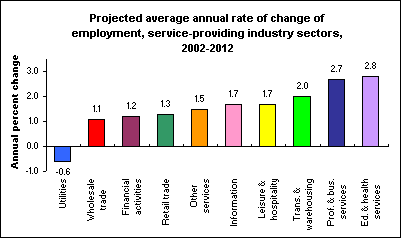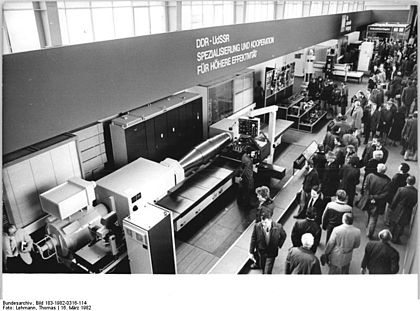What Can I Use Solar Power for in My Home or Office?
 If you’re thinking of solar power as an option for your home, then congratulations. Taking steps towards renewable energy is a worthy cause. There are many options with solar electricity in terms of how much you want to use, how you want to combine it with other sources and installation options. Solar power is expensive to install in homes and offices and must be done by an electrician, but once installed, there is only the negligible cost of maintenance to worry about, and the savings attached with the use of this power source. It’s worthwhile thinking about the energy that you use and whether solar power can realistically meet your demand.
If you’re thinking of solar power as an option for your home, then congratulations. Taking steps towards renewable energy is a worthy cause. There are many options with solar electricity in terms of how much you want to use, how you want to combine it with other sources and installation options. Solar power is expensive to install in homes and offices and must be done by an electrician, but once installed, there is only the negligible cost of maintenance to worry about, and the savings attached with the use of this power source. It’s worthwhile thinking about the energy that you use and whether solar power can realistically meet your demand.
Ratio of energy usage – how often do you use what?
Being connected to the national power grid means you can use as much energy as you need (or want) to use. The only danger is the potential epic bill you may receive. Relying on solar power alone means you will have a limited amount of energy available to you. Think about how often you use electricity around your home and whether solar power alone can power your home. Usually it is used in combination with wind-power or the grid. More about that later.
Capabilities.
Solar power’s capabilities, in terms of your home or office, will depend on whether or not the building is appropriately built and located to support the installations required. You will need to consider the following things:
Is your roof sufficiently unshaded and North-facing to gain the maximum benefit?
What size and scope is right for you? You will need to talk to your electrician or installer about this.
Can your roof support the panels required for power generation?
Many buildings will not meet the criteria for complete solar power support but a partial installation is a good option and will still save you money.
Installation options.
Solar power is an intermittent energy source, meaning it is only available when the sun is shining directly on whatever collection method being used, whether through photovoltaic solar panels (PV) or the mirrors and lenses of concentrated solar power (CSP). The effectiveness of solar power relies on it being stored when not being immediately used. There are two main solutions to this problem. Rechargeable batteries are the traditional way of storing power, and are usually installed in systems where solar power is used mig welder for sale near me used conjunction with other alternate energy sources such as wind power. The other option is to use a Solar Bonus Scheme. This means that the energy you produce is fed into the national grid, gaining you credits with the power company. Effectively you are using the grid as a storage unit for your electricity. This has the added benefit of guaranteeing you power at all times, but means you are still connected to the grid. Talk to an electrical services company about what is best for you, your home or business.
Possible sacrifices you’ll factors affecting supply have to …

 Introduction
Introduction The sun is the source of all our power. A statement not untrue, albeit a little misleading. The sun’s radiation is the origin of all the power sources we use today, affecting chemical changes to create everything from nuclear power to the much greener wind power. But how do we harness the sun’s energy, and how effective is it? A worthy question. After all, solar power is almost eternally available and, most importantly, free.
The sun is the source of all our power. A statement not untrue, albeit a little misleading. The sun’s radiation is the origin of all the power sources we use today, affecting chemical changes to create everything from nuclear power to the much greener wind power. But how do we harness the sun’s energy, and how effective is it? A worthy question. After all, solar power is almost eternally available and, most importantly, free.